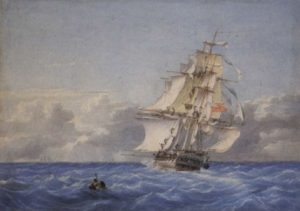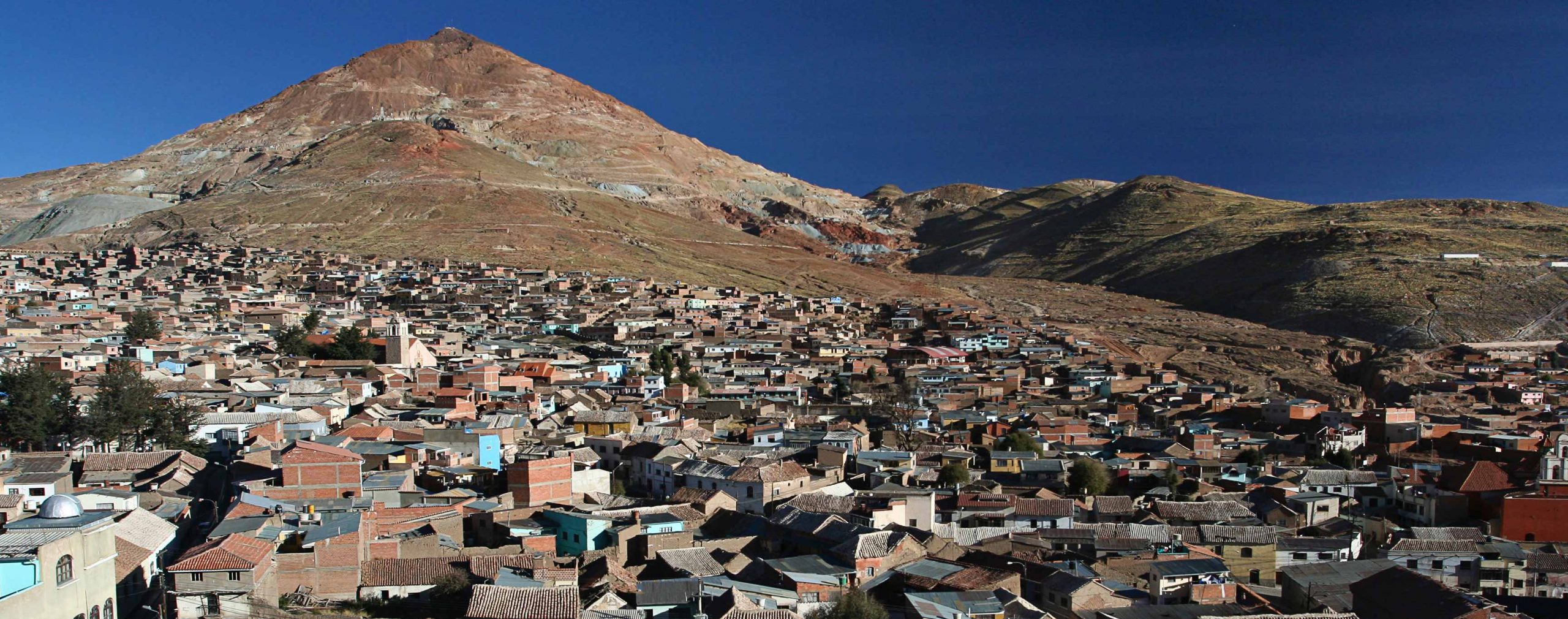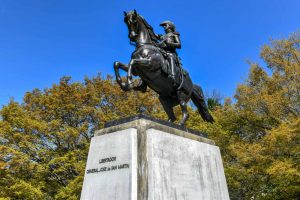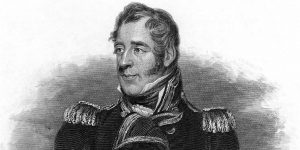Source:Hispanismo Chile
The most approximate calculations give the chilling figure of about one billion euros for the value of the gold and silver reserves held in the royal estates of Spain in America, which England seized thanks to Simón Bolívar, San Martín and the other participants with them. The wealth of the English empire did not come from trade with the Indies and their international properties, but from the plunder of
- Spanish America,
- southern Spain Empire (Naples and Sicily in 1860-61) and
- Spanish America and Asia when the United States of America declared war on Spain in 1898.
The total of our reserves that we as Hispanics were “enlightened and freely” robbed of was as follows:
- 1806: 40 tons of gold from the Royal Treasury of Buenos Aires.
- 1811: 550,000 bars of silver from the Imperial Mint of Potosí.
- 1822: 40 tons of gold from the Royal Treasury of Lima.
- 1822: 10 tons of gold from the Royal Treasury of Bogota.
San Martin assumed command and power of Perú on 3 August 1821 with the title of “Protector”. He relinquished the protectorate of Perú on 20 September 1822. His government thus lasted one year, one month and seventeen days.
What were the most significant acts of his rule?
Englishman Lord Cochrane, the head of the British fleet, seized all the funds of the Peruvian government (the treasury in the Royal Hacienda), and private funds from Lima, which San Martin had safeguarded in the Peruvian ships Jerezana, La Perla and La Luisa to prevent them falling into the hands of our royalist patriot forces in case they took the city of Lima coming down from the Peruvian highlands.
Without going into justifications, explanations or excesses, we have the following: such an immense quantity of wealth placed in three ships was easy prey for Lord Cochrane, who left immediately for London.

H.M.S. “Narcissus” shortening sail ahead of a squall, 13th June 1862 – William Joy
The same thing happened as in Buenos Aires in 1806, where Beresford loaded the Treasury of the Royal Hacienda (40 tons of gold) on the ship H.M.S. Narcissus bound for London.
The same happened in Potosí, where Pueyrredón assaulted and destroyed the Casa de Moneda (Royal Mint) on August 1811, sending a million pieces of silver to Buenos Aires, which the government gave in the form of deeds of credit to British and Jewish merchants, who sent it to London.
In 1822, the British seized twelve tons of gold amassed in Santa Fé de Bogotá (now Colombia). At the same time, the same thing happened in Guatemala (United Central America) and Mexico.
With the above, they offered the loans, a rounded business without the need for military occupation:
On 2 February 1825, the protection Her Britannic Majesty gave to the independence movements began to bear fruit. On that day, just four days after being appointed, the representative of the United Provinces of the Río de la Plata signed the so-called Treaty of Friendship, Commerce and Navigation with the United Kingdom of Great Britain and Ireland. Article 2 of this treaty stipulates that British subjects may arrive with their ships and cargoes to trade in any Argentine port, place or river, to the exclusion of any other flag. At the same time, Article 7 establishes that, in order to be covered by this treaty, Argentine ships must be owned and built in the United Provinces. But since Argentina did not have any shipyards or naval industry, in practice this meant that French or American ships could not be leased or bought.
A month later, the same treaty was signed by the Peruvian representatives – today like the first presidents, heroes and fathers of the nation. In April, the first Colombian leaders did the same. And in November, those of Mexico.
In the Peruvian case, the treaty confirmed the famous Authorisation of “the Liberator” José de San Martín to British merchants to sell their imported goods in Peru, copied (as Julio C. González has shown) from the Edict of the invader Beresford in Buenos Aires in 1806. Also the usurious Empréstito (loan) contracted by San Martin with Great Britain during his protectorate for the sum of two million pounds sterling, will be the model of the other scandalous loans that have plunged Hispanic America into the slavery of the External Debt to this day unpayable and dragging down the Peruvian economy, like its sisters, now with the Federal Reserve subject to it; and we know very well who are the owners of that private institution.
By Angello Salvattore. Published in Instituto Peruano de Cultura Hispánica.
Share this article
On This Day
- 1572 Andrés Díaz Venero de Leyva founded the town of Guaduas (Colombia).
- 1578 Brunei becomes a vassal state of Spain.
- 1672 Spanish comic actor Cosme Pérez ("Juan Rana") dies.
- 1693 Painter Claudio Coello dies.
- 1702 The Marquis de la Ensenada was born.
- 1741 Spanish troops break the siege of castle San Felipe in Cartagena de Indias (Colombia).
- 1844 The Royal Order of Access to Historical Archives was promulgated.
- 1898 President Mckinley signed the Joint Resolution, an ultimatum to Spain, which would lead to the Spanish–American War.
History of Spain
26 August 2020
27 January 2021
Communism: Now and Then
23 December 2022
28 July 2021








